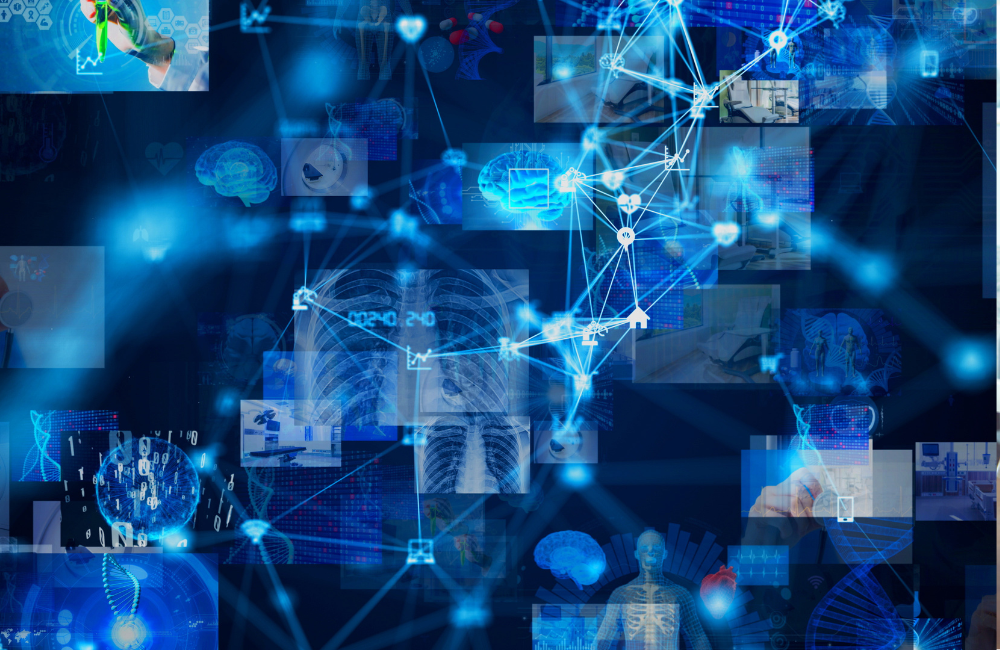HHS Leaders Say Emerging Technologies Making Health Data Actionable
Cloud, AI, machine learning and wearables are helping drive agencies’ mission and data-driven decision-making.

Emerging technologies and advances in infrastructure are making data across federal health agencies more actionable.
Health IT leaders from the National Institutes of Health, Food and Drug Administration and Centers for Disease Control and Prevention highlighted during the Health Innovation Summit this week how modernized infrastructure and various new technologies have sharpened their ability to advance research, regulation and public health threats, including COVID-19.
More specifically, these officials discussed how they have been able to unlock the power of data with emerging technology adoption to drive mission. NIH CIO and Director of its Center for Information Technology Andrea Norris highlighted how migration to the cloud enabled rapid dissemination of the COVID-19 genetic sequence, enabling researchers to learn about the virus and begin vaccine development.
“We’ve seen great success with that vaccine platform, and we also made that genetic sequence available worldwide so that researchers around the world could study and learn from it, and we did that through our cloud platforms and capabilities and our commitment to open access to scientific data,” Norris said. “During that same time, we moved more than 100 petabytes of scientific research data into the cloud, large repositories of diverse datasets spanning all disease areas, all different types of data — genetic data, health record data, phenotypic data, sensor data.”
CDC has also seen modernization in its IT infrastructure make data more ready, shareable, scalable and usable across its enterprise. Dr. Daniel Jernigan, CDC’s acting deputy director of public health science and surveillance, shared how the agency moved its siloed systems to the cloud to share and use data to respond to COVID-19.
“We actually had the resources and momentum to get that cloud infrastructure in place,” Jernigan said. “We did that with a thing called the immunization data lake, which actually then became a place where information can be received.”
The cloud foundation enabled CDC to receive information from various data sources and increased capacity for states to report electronic lab data from thousands to millions of reports per week just for COVID-19 alone. Jernigan added that currently over 7,100 health care facilities in 47 states can conduct COVID-19 electronic case reporting with CDC.
“Now, over 140 million COVID-19 vaccination administration reports have been received, processed and made available through CDC’s immunization data lake to average about 3.1 million records per day,” Jernigan said.
FDA is also moving forward with its IT and data modernization plans, but Anindita Saha, the agency’s assistant director for its Digital Health Center of Excellence said that applying emerging technologies like wearables, artificial intelligence and machine learning to data collection can help sharpen regulatory decision-making. These technologies do this by providing information from patient-generated data and other novel data sources.
“[Technologies] are all going to be important when we’re talking about wearables, other types of sensor-based technologies, how that can advance decentralized clinical trials,” Saha said. “We’re hearing a lot from the patient engagement perspective, if you’re able to bring the trials more to the patient, you might get more enrollment. You’re going to reduce drop-offs, you’re going to actually make the trials themselves more friendly to patients and maybe increase the likelihood of getting also more diversity.”
Norris agreed that wearables, AI and machine learning are rising stars in emerging technologies in the health space, adding that the tech can especially sharpen imaging and scanning in the medical space.
Even though COVID-19 also helped jumpstart many federal health agencies’ modernization needs forward to address the pandemic, Norris, Jernigan and Saha all emphasized that they intend to build off the momentum induced by this public health emergency to create long-term progress with these technologies.
This is a carousel with manually rotating slides. Use Next and Previous buttons to navigate or jump to a slide with the slide dots
-

Energy Researchers Aim For Holistic Approach to AI Issues
A new center at the Oak Ridge National Laboratory is looking at under-researched areas of AI to better understand how to secure it.
2m read -

5 Predictions for AI in Government Technology
Federal agencies are setting plans in motion not only integrate artificial intelligence into their enterprises, but also ensuring the data and algorithms that power these systems are fair and ethical.
David Egts, field CTO for MuleSoft Global Public Sector at Salesforce, breaks down the five predictions he has for AI in 2024. Egts highlights ways government leaders can prepare their agency and workforce to innovate for resilience, augment teams with AI and automate predictive AI to augment generative AI.
-

How Agencies are Upskilling the Workforce in AI
Federal officials are putting in place new training and education methods to ensure its overall workforce understands the technology.
3m read -

Building Better Data Governance Across FDA
The agency is using emerging technology to tackle its data challenges.
19m listen




